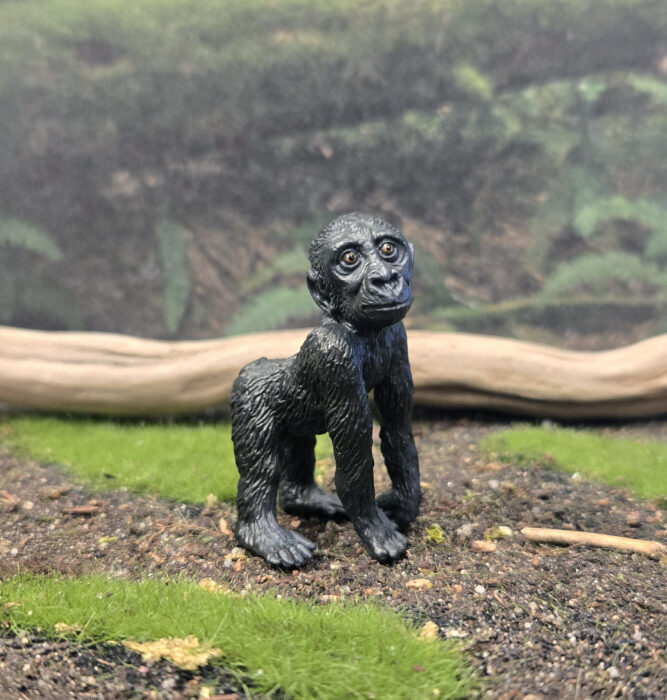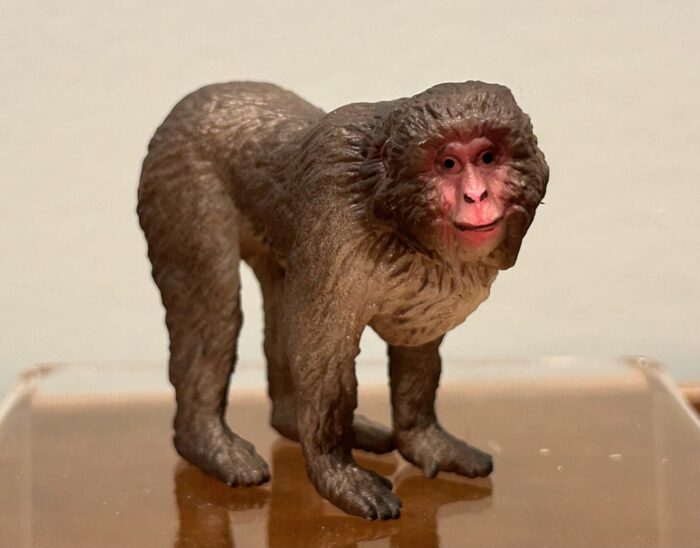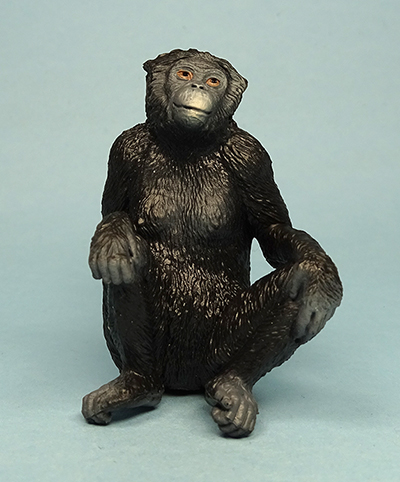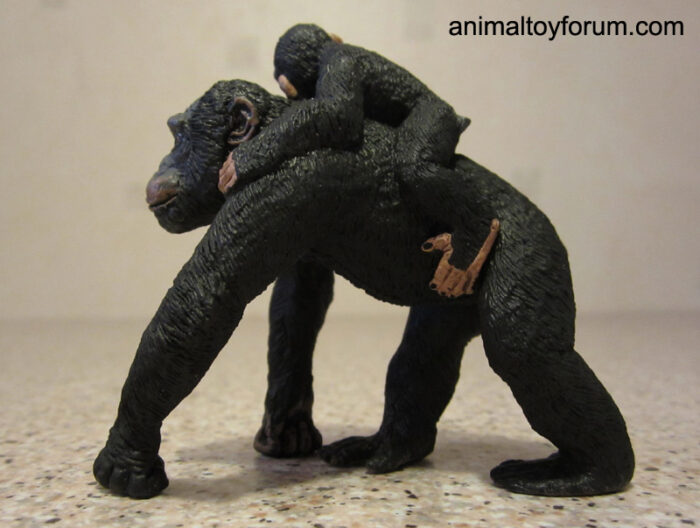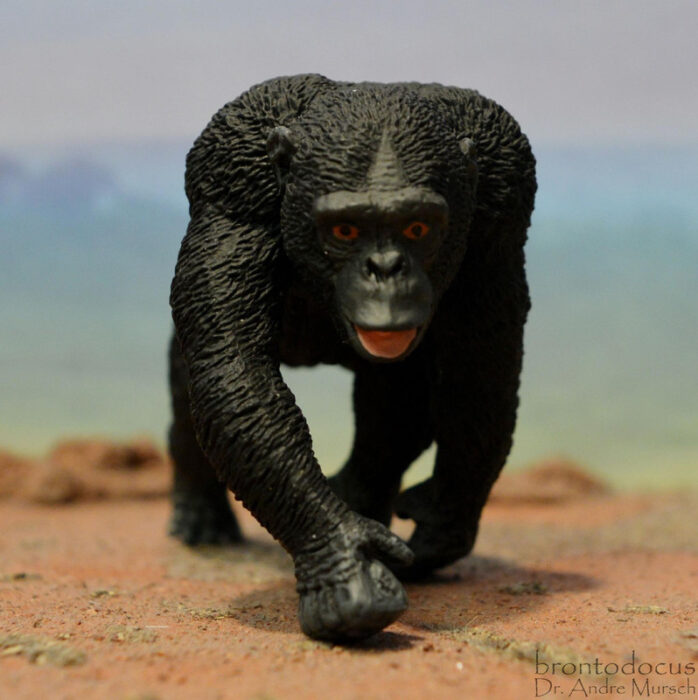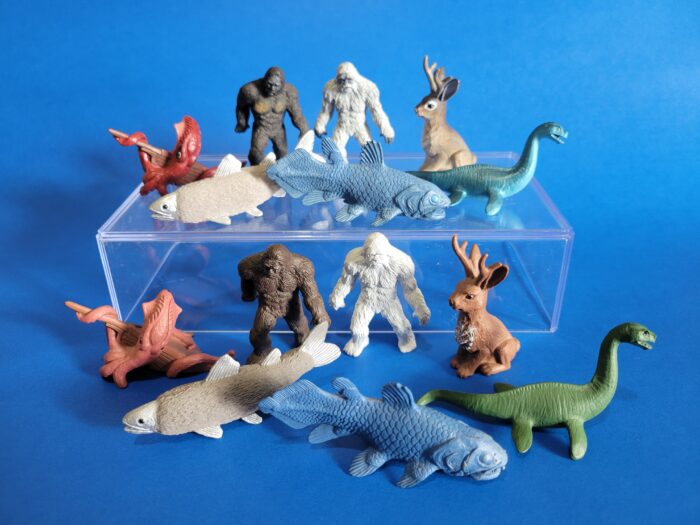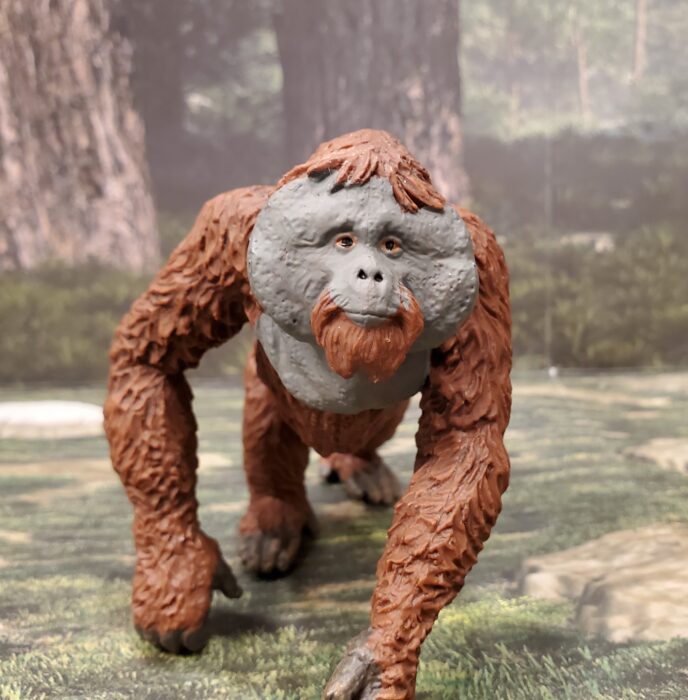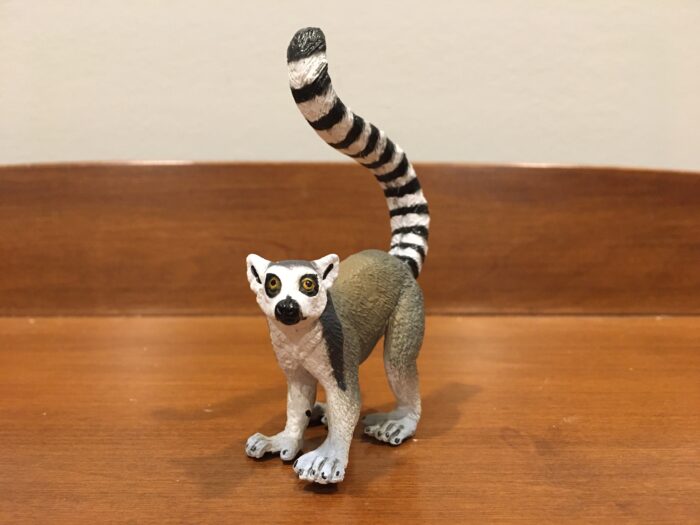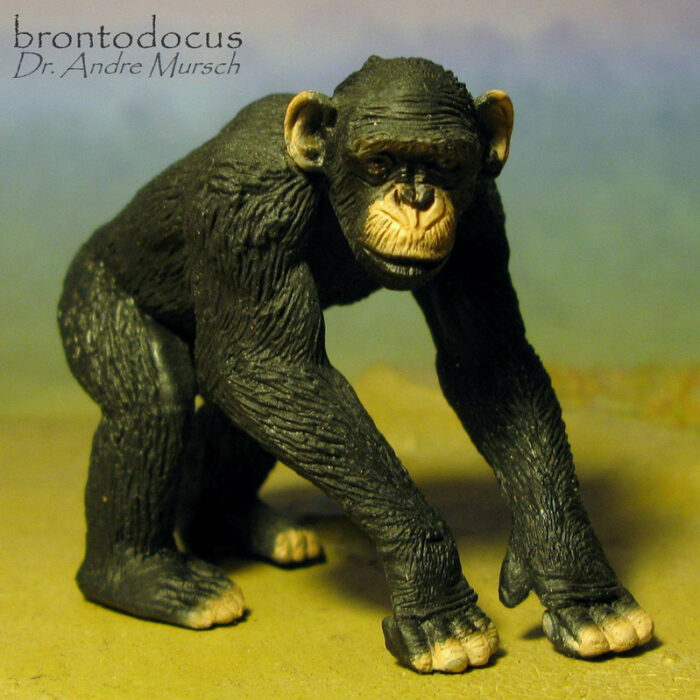Before I start my review I must again thank @Kenc and the folks at Toymany for sending me these review samples for the Blog. This may have been the most anticipated set by Toymany for 2025 and having had the figures in hand, it doesn’t disappoint.
When Gondwana broke up, Madagascar split from what is now Africa during the Early Jurassic, about 180 million years ago.






